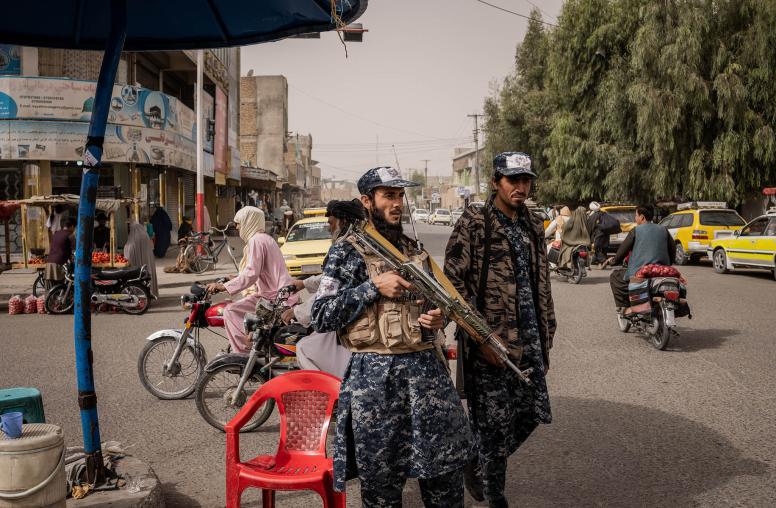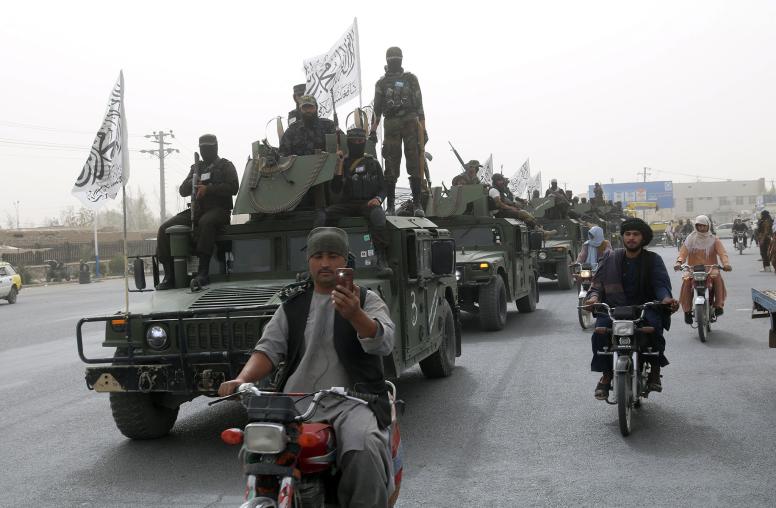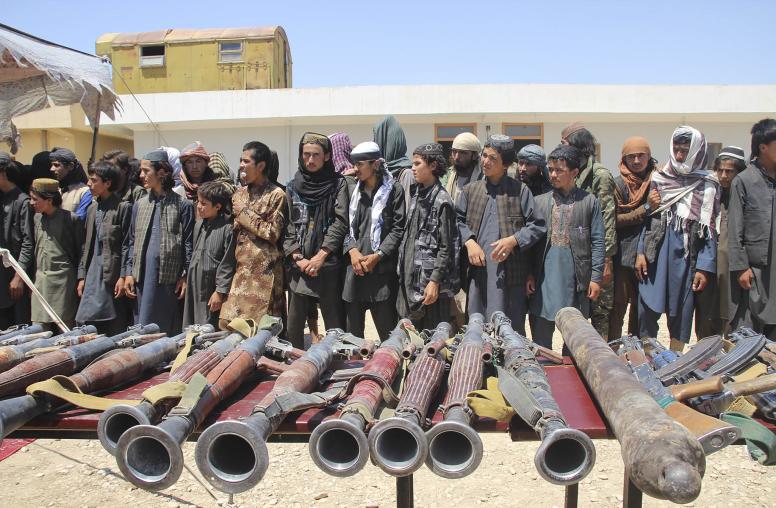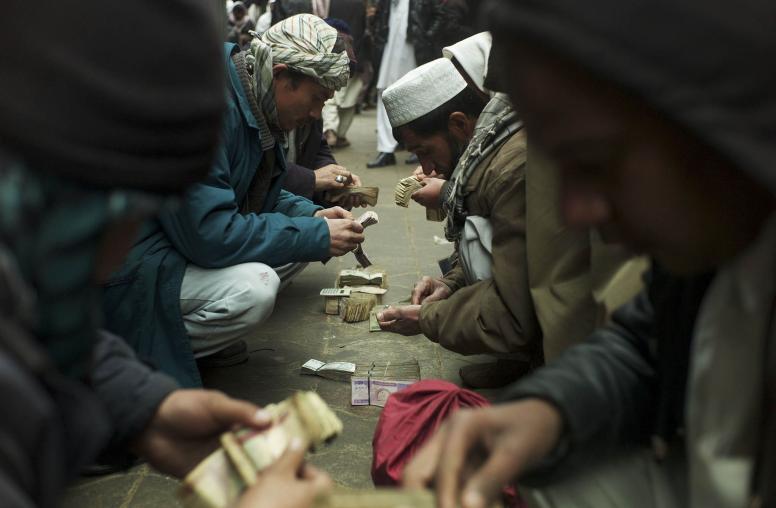Tajikistan’s Peace Process: The Role of Track 2 Diplomacy and Lessons for Afghanistan
The peace process that ended the Tajik civil war in the late 1990s successfully combined both official and civic channels of communication and negotiation from its start. This report argues that although the agreement and its implementation were far from perfect, the Tajik experience contains valuable lessons on power-sharing arrangements, reconciliation, reintegration, and demobilization for the architects of future peace processes, and provides important insights into the shortcomings of the 2018–21 peace process in neighboring Afghanistan.

Summary
- Tajikistan’s 1997 peace agreement was a remarkable achievement that ended the country’s bloody civil war after military stalemate. While Tajikistan has remained stable, the majority of conflict-generating factors that triggered violence and the civil war remain unresolved, and localized violence has broken out on numerous occasions.
- The effectiveness and sustainability of the peace process were undermined by the failure to ensure effective and just power-sharing mechanisms. External actors focused on ending violence in the shorter term and fulfilling their own geopolitical agendas. Without effective implementation, the government treated the agreement as a short-term political concession.
- While track 2 dialogue played an expanded role in reaching the agreement, the dialogue did not last long in postwar Tajikistan.
- Tajikistan’s peace process highlights shortcomings in Afghanistan’s recent peace process and offers lessons for any future efforts to engage in negotiations, including the value of external actors using their resources to bring all sides to the table and the importance of establishing a clear basis for peace negotiations and national reconciliation.
About the Report
This report assesses the peace process that ended the Tajik civil war in the late 1990s and highlights aspects of the Tajik experience to aid in understanding the failures of Afghanistan’s 2018–21 peace process. It includes perspectives from interviews with stakeholders in Tajikistan, Afghanistan, and Europe. The report was commissioned by the Afghanistan and Central Asia programs at the United States Institute of Peace.
About the Author
Parviz Mullojanov is a political scientist and historian in Central Asia. He was a member of the Inter-Tajik Dialogue, a track 2 diplomatic initiative that worked to resolve Tajikistan’s civil war. He is also a former chairman of the board of the Open Society Institute Assistance Foundation–Tajikistan and a former member of the EU and Central Asia Monitoring Research Group.



